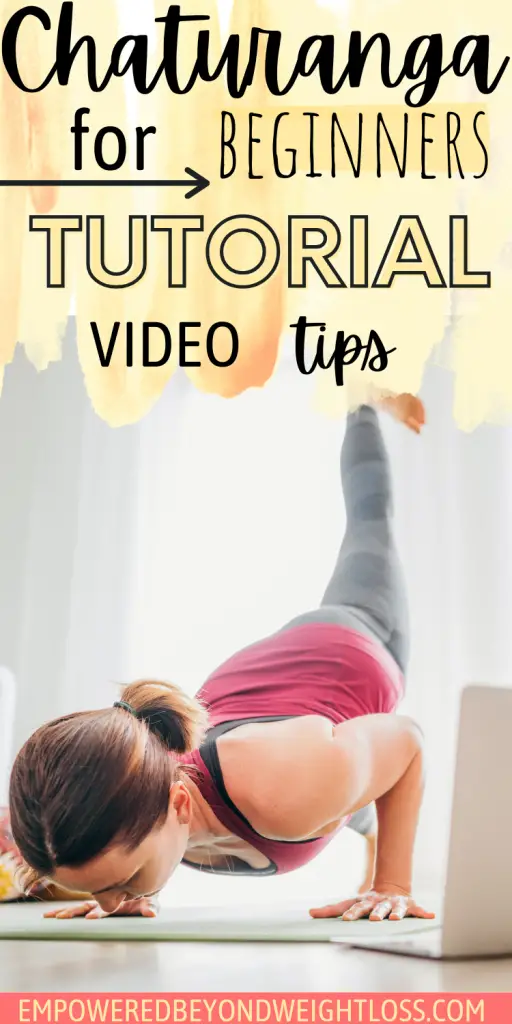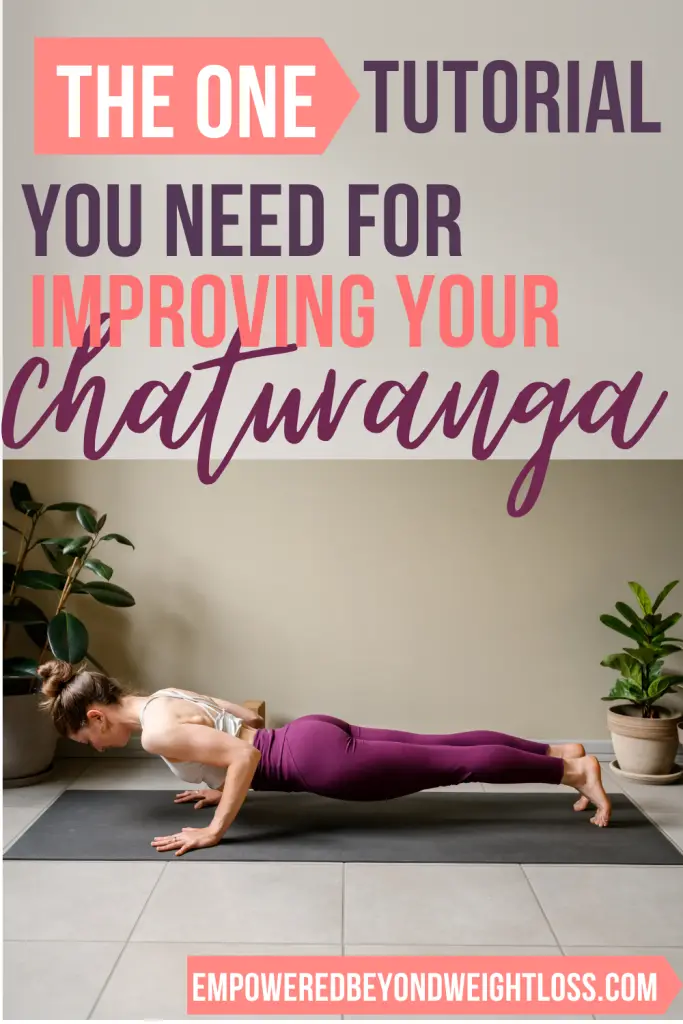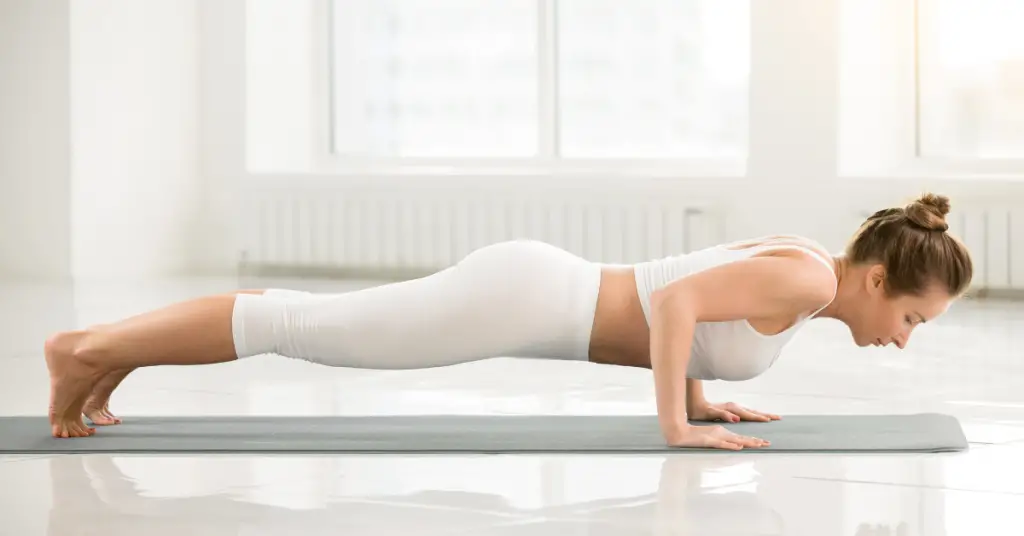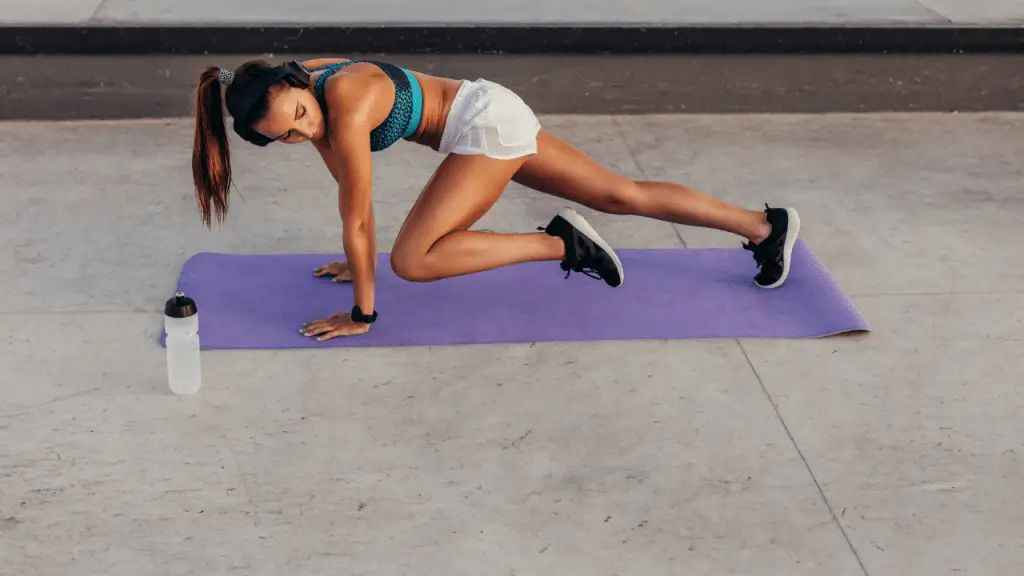Are you looking to master Chaturanga? This Chaturanga for Beginners to Tutorial is a comprehensive guide. I will walk you through the fundamentals of Chaturanga, providing you with the knowledge and techniques necessary to practice this foundational pose confidently. Whether you’re a beginner or have some experience, this tutorial is tailored to help you develop a strong foundation in Chaturanga. So, let’s roll out our mats and dive into the world of this transformative yoga posture.
Why You Need to Practice Chaturanga in Yoga
Chaturanga Dandasana, often referred to simply as Chaturanga, is a foundational yoga pose that is commonly practiced in many yoga styles, including Vinyasa and Ashtanga. It is an essential pose for several reasons:
- Strength Building: Chaturanga is an excellent pose for building upper body strength, particularly in the arms, shoulders, and chest. It requires you to support your body in a low plank position, which engages your arms, shoulders, and core muscles. Regular practice of Chaturanga can help you develop strength in these areas, which is important for other yoga poses and daily activities.
- Core Stability: Chaturanga also engages the core muscles, helping to build stability and strength in the abdominal region. This core engagement is essential for maintaining proper alignment and protecting the lower back during the pose.
- Alignment Awareness: Practicing Chaturanga can help you develop body awareness and alignment. It requires you to maintain a straight line from your head to your heels, encouraging proper posture and alignment. This awareness can carry over into other yoga poses and help you avoid injury.
- Transitioning Between Poses: Chaturanga is often used as a transition pose in yoga sequences. It is a critical element of the traditional Vinyasa flow, where it serves as a bridge between a high plank and an upward-facing dog or cobra. Learning to transition smoothly through Chaturanga can improve the overall flow of your yoga practice.
- Mind-Body Connection: Chaturanga encourages a strong mind-body connection like many yoga poses. Holding the pose, you must focus on your breath and be present. This meditative aspect of yoga can help reduce stress and increase mindfulness.
- Preparing for Arm Balances: Chaturanga can be a stepping stone to more advanced arm balances and inversions. Developing strength and alignment in Chaturanga can make it easier to progress to poses like Bakasana (crow pose) and Sirsasana (headstand).
It’s important to practice Chaturanga with proper alignment and gradually work on building the strength needed for the pose. If not done correctly, it can lead to strain or injury, particularly in the wrists, shoulders, and lower back. Therefore, it’s a good idea to learn the pose from a qualified yoga instructor who can provide guidance and adjustments as needed.

The Secret to Mastering Chaturanga for Beginners
Now, there are plenty of chaturanga for beginners tutorials out there. I know because I looked for them when I was discovering yoga. There are some tips and alignment cues you will hear all the time. I will share them with you because, yes, they matter. However, the secret to mastering chaturanga boils down to unified integration. And that is what I will demonstrate today.
Common Chaturanga Alignment Cues
Here are some common alignment cues for Chaturanga:
- Start in Plank Pose: Begin in a high plank position with your shoulders stacked over your wrists, legs engaged, and your body in a straight line from head to heels.
- Strong Core: Engage your core muscles by drawing your navel toward your spine. This will help protect your lower back.
- Elbows Close: Keep your elbows hugging your ribcage as you lower down. This helps to protect your shoulder joints and engage your triceps.
- Shift Forward Slightly: As you begin to lower, shift your body slightly forward to move your shoulders past your wrists.
- Keep a Straight Line: Maintain a straight line from your head to your heels. Avoid letting your hips drop or pike up.
- Your elbows are in line with your wrist, and your toes are in line with your heels.
- Maintain a Neutral Spine: Keep your spine neutral by avoiding arching your back or rounding your shoulders. Imagine your body is like a plank.
- Gaze Forward: Look slightly forward to align your neck with your spine. Avoid dropping your head or looking up.
- Engage Your Thighs: Squeeze your quadriceps and engage your thigh muscles to support the pose.
- Hover Above the Ground: Lower yourself until your elbows form 90-degree angles and your upper arms parallel the floor. Your chest should hover just above the ground.
- Press Back Up: Push the floor away from you with the strength of your arms and chest to return to plank or transition into an upward-facing dog or cobra pose.
- Modify as Needed: Modifying the pose is okay for beginners by dropping your knees to the ground as you lower down. This reduces the load on your arms and is a great way to build strength gradually.
This Yoga Journal article includes great tips for Chaturanga.
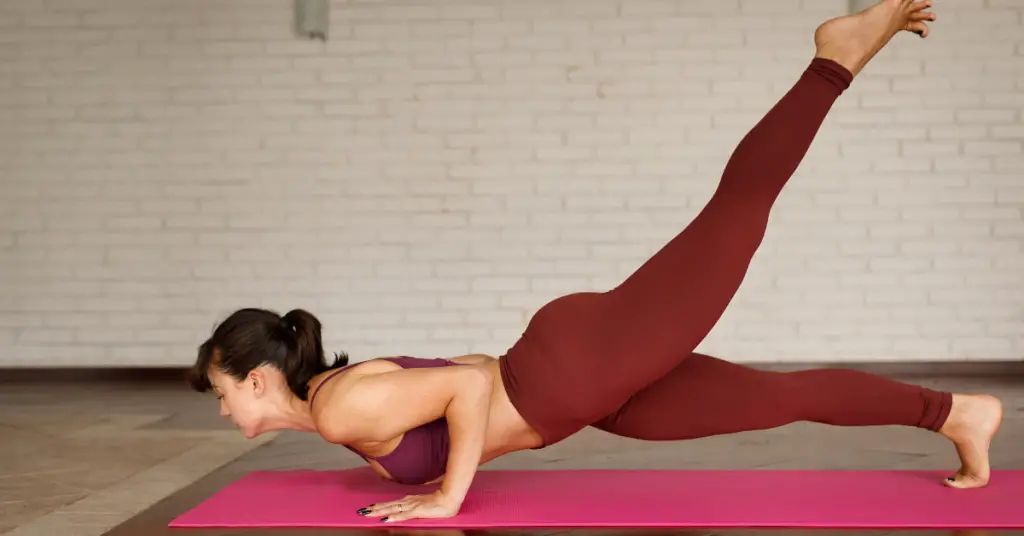
The Secret That Will Transform Your Chaturanga Practice
After almost three years of practicing chaturanga, I recently discovered some cues that make the pose feel better in my body, and that instantly improved my form. I bet you have never heard them before:
- As a beginner, instead of starting on your knees to make the pose accessible, use yoga blocks under your shoulders to practice proper form
- Start in plank pose and lift your heart to your spine by pressing your hands on the mat. Claw the mat with your fingertips.
- Reach your heart forward.
- Feel the energy lines from the crown of your head to the front of the room and from your heels to the back of the room. You are empowering your legs and lifting your kneecaps. You are also drawing the energy from the outside of your arms and the outside of your legs.
- Keep sinching at the waist to swell your upper back.
- Lower just enough for the tip of your shoulders to graze the blocks.
The secret to chaturanga as a beginner is unification. Instead of focusing on core and arm strength, you recruit your legs as you feel the energy lines moving through your body.
Chaturanga for Beginners Tutorial Video
Fun Chaturanga Transitions to Try
Chaturanga transitions are an essential part of many yoga sequences, and they involve moving from one yoga pose to another with Chaturanga Dandasana (Four-Limbed Staff Pose) as a key component. Chaturanga transitions are commonly used in Vinyasa and Power Yoga styles to build strength and create fluidity in a yoga flow. Here are some common Chaturanga transitions:
- Chaturanga to Upward-Facing Dog (Urdhva Mukha Svanasana): This transition often follows Chaturanga. From the low push-up position of Chaturanga, you can transition into Upward-Facing Dog by straightening your arms, lifting your chest, rolling over your toes, and pressing the tops of your feet into the mat while keeping your legs off the ground (you may want to try How to Get Better at Backbends With Full Yoga Routine and Benefits of the Wheel Pose in Yoga and How to Get Started).
- Chaturanga to Cobra Pose (Bhujangasana): Instead of transitioning into Upward-Facing Dog, you can opt for Cobra Pose. After Chaturanga, lower yourself to the ground and uncurl your toes. Use your back muscles to lift your chest while keeping your legs on the ground, using your hands to support you.
- Chaturanga to Downward-Facing Dog (Adho Mukha Svanasana): After Chaturanga, you can transition to Downward-Facing Dog by pushing back through your hands, lifting your hips, and creating an inverted V shape with your body.
- Chaturanga to Plank Pose: Instead of moving to an upward-facing or downward-facing dog, you can transition from Chaturanga to Plank Pose by keeping your body parallel to the ground, engaging your core, and holding a push-up-like position.
- Chaturanga to Baby Cobra: For those with less upper body strength, you can lower down to the ground in Chaturanga and then transition into a lower version of Cobra, where you keep your pubic bone on the ground and gently lift your chest.
- Crow pose to Chaturanga: Once you master the crow pose (try my Crow Pose Tutorial), learning to jump back to Chaturanga is a fun challenge.
In Summary
Mastering Chaturanga strengthens your entire body and opens up new transitions to enhance your yoga practice. Strengthening your core, arms, and shoulders, this powerful pose offers numerous benefits. It is a foundational pose that can help you progress in your yoga journey. I hope you find my Chaturanga pose for beginners tips helpful! Ready to take your practice to the next level? Join my 5-Day Yoga Habit Challenge and unlock the transformative potential of Chaturanga. Start your journey towards a stronger and more balanced practice today!
